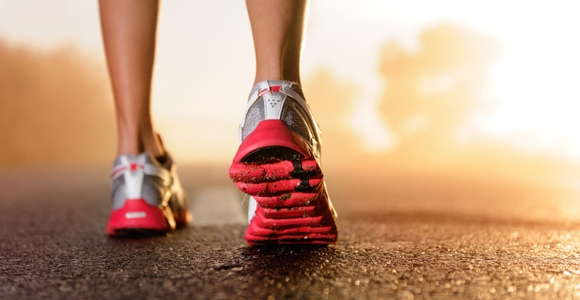Looking for an easy and sustainable way to shed pounds? Walking for weight loss may be the most underrated fat-burning tool at your disposal. This low-impact activity doesn’t just boost your fitness — it also improves mood, energy levels, and long-term health. Let’s explore why a simple walk can transform your weight loss routine.
The Power of Walking
Plain, good old-fashioned walking has far more benefits than most people realize. It gets you moving, clears your head, and helps your body function optimally. When done consistently, brisk walking raises your heart rate, activates muscles, and begins to burn stored body fat as energy — especially after 20 minutes of sustained movement.
Walking Boosts Mood and Vitamin D
Spending time outside while walking allows your body to naturally produce vitamin D, essential for calcium absorption and bone health. Sunlight exposure also helps the body release serotonin, the “feel-good” hormone that can reduce stress and support weight management.
How Much Should You Walk?
Experts recommend brisk walking for 30–60 minutes, ideally twice per day — once in the morning and again in the evening. The key is intensity: walk with purpose to raise your heart rate. This helps engage more muscles and kickstart the fat-burning process.
Walking as Part of a Full Plan
Walking alone is great, but combining it with a smart nutrition plan and other forms of movement (e.g., strength training or cycling) can accelerate your progress. Still, if you’re just starting out, walking is the perfect habit to build momentum and get results.
Final Thoughts
Walking is free, low-risk, and surprisingly effective. It’s an excellent way to reduce screen time, get fresh air, improve your mood, and burn calories in the process. Whether you’re just starting a weight loss exercise plan or adding variety to your routine, walking should definitely be part of your daily strategy.

